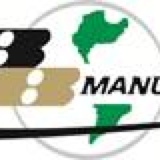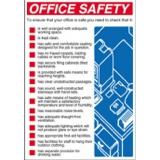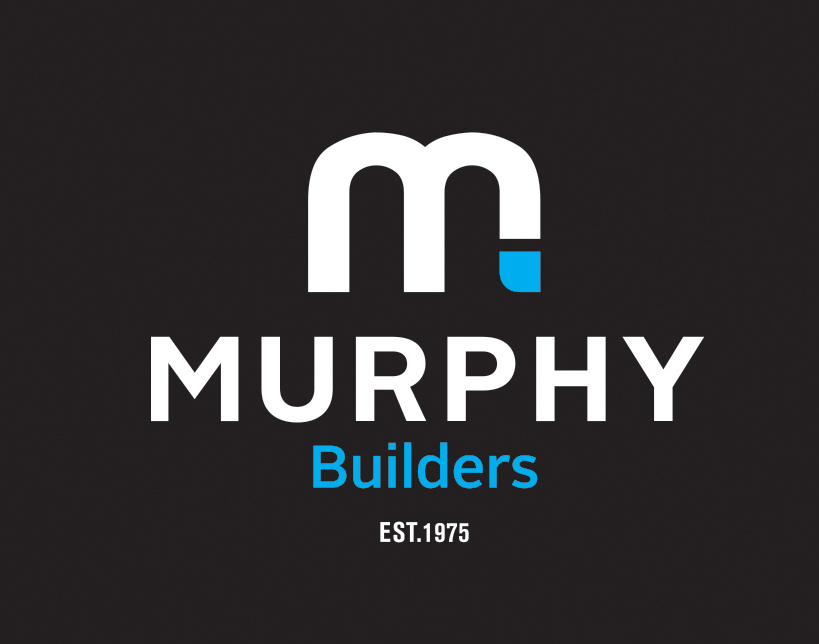Information
-
Audit Description:
-
Audit Conducted on
-
Prepared by:
-
Report Date:
-
Report issued To:
-
Corrective Action:
-
Personnel Interviewed
-
Documents Referenced
8.2.2 Internal Audits
-
Is an internal audit system in place to determine whether the QMS:<br><br>a) Conforms to planned arrangements (including customer contractual requirements), to requirements of the standard, and to the QMS requirements established by your company.<br><br>b) Is effectively implemented and maintained? <br><br>
-
Are they being performed on time?<br><br>Are they effective?<br><br>Do they identify good improvements and eliminate nonconformances?<br>
-
How is the audit schedule prepared? Is it taking into account the conditions listed in the standard, including: <br>• Status and importance of the area<br>• Results of previous audits<br>What is included in the audit plan?<br><br><br>
-
What measures are in place to ensure the audits and auditors are objective and impartial in the audit process and do not audit their own work?
-
Is there a documented procedure and does that procedure define the responsibilities and requirements for planning and conducting audits, including audit reports and maintaining records?
-
How does the management responsible for the area audited take timely action to eliminate nonconformities and their causes?
-
Do follow up activities include verification of the corrective action and the reporting of those results?
-
Evidence
QOP-82-02 Rev E
1. Internal Audit Schedule /Plan
-
1.1 Business Systems is responsible for scheduling internal quality audits. Each key process<br>comprising the quality system is audited at least once per year. Some processes are<br>audited more frequently, depending on their status, importance, and audit history.<br>Internal Quality Audits<br>Operational Procedure: QOP-82-02<br>Revision: E<br>Page 2 of 2<br>B&B Manufacturing<br>The internal audit plan is a matrix listing processes being audited and the estimated<br>audit dates. Several units may be clustered into one audit as they apply to each other<br>and/or departments affected, such as key processes noted with the turtle diagrams.<br>Is this complaint?<br>Please Include Evidence.
-
1.2 The internal audit schedule is discussed periodically in management reviews and is<br>flexible to accommodate changing priorities.<br>Is the Internal Audit discussed in Management Reviews?<br>Please Include Evidence.
-
2. Audit Tools<br>2.1 The audit tools used to support and guide the auditors in performing audits may include:<br>check sheets, turtle diagrams, flowcharts, customer/industry references, etc.<br>Is it evident that some of this tools are being used?<br>
-
3. Audit Team<br>3.1 The Business Systems team facilitates the internal audits and the training. Personnel<br>performing the audits shall be independent from the process/department being audited.<br><br>Are the Auditors independent from the process/department being audited?
-
3.2 Internal auditors are trained in auditing tools and techniques prior to performing internal<br>audits. Training records are maintained in Human Resources.<br><br>Are Training Records in HR?
-
4. Preparing for Audit<br>4.1 Auditors prepare for an audit by reviewing applicable procedures, past audit reports and<br>customer and industry requirements.<br>
-
5. Conducting and Reporting the Audit<br>5.1 The supervisor responsible for the area being audited is contacted in advance with the<br>audit timeframe.<br>Are Supervisors notified in advance with the audit timeframe?
-
5.2 While conducting the audit, auditors seek objective evidence demonstrating whether the<br>audited activities conform to the requirements of the documented quality system, and<br>whether the system is effectively implemented and maintained. When nonconformity is<br>noted, it is brought to the attention of the responsible supervisor.<br>
-
5.3 At the conclusion of each audit, an audit summary report is developed by the auditor<br>and reported out to applicable supervisors / management.<br>
6. Corrective Action and Follow-up
-
6.1 Once a nonconformance is identified and documented, a corrective action request is<br>generated. Upon receiving the report, the responsible manager investigates to<br>determine the root cause and implements corrective action.
-
6.2 CARs are due in 10 business days. If more work is needed to fully implement the action,<br>a new follow-up date is agreed upon.<br>
7. Documentation and Record
-
7.1 Internal audit results, including corrective actions, are documented and maintained by<br>the Business Systems Department.
-
7.2 Audit summary reports established during the cycle are compiled, analyzed, and are<br>presented at the management review meeting.
-
Documents Referenced:
-
Evidence
-
Personnel Interviewed













